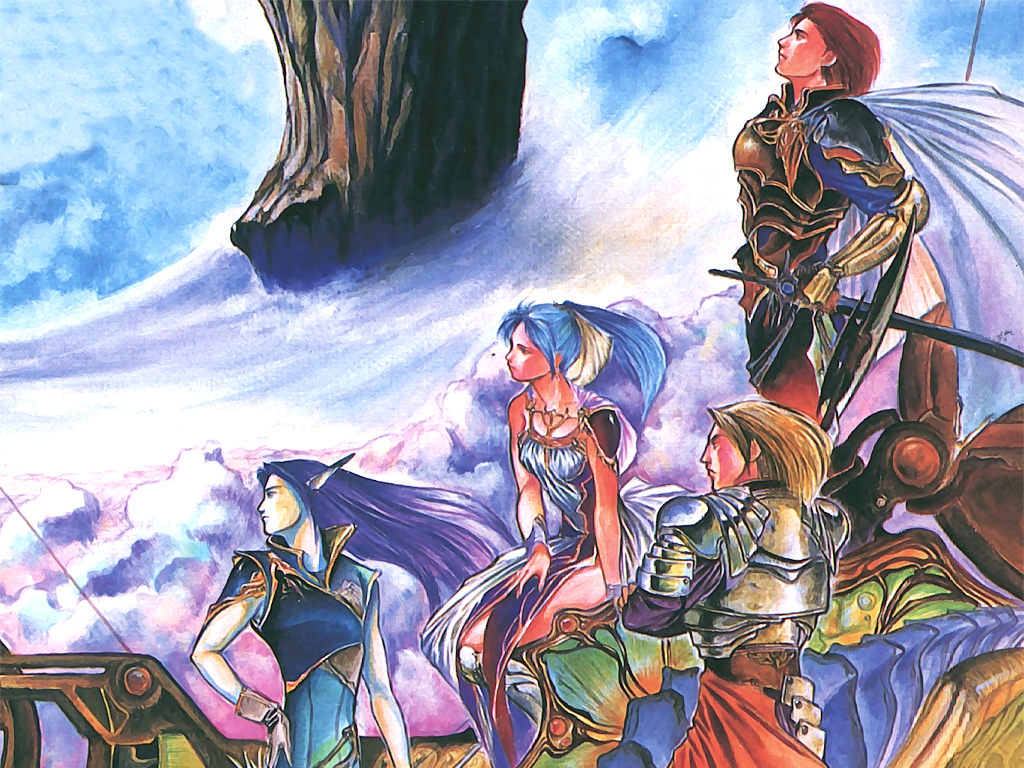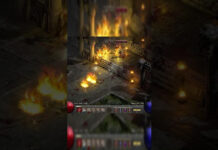My first experience encountering the Lufia series of RPGs was back in the early-90s when a friend of mine brought Lufia and the Fortress of Doom over and showed it to me on the Super Nintendo. What was really different about the game was the fact that the game started with the ending of another story.
The game began in the foreboding Fortress of Doom with a party fully decked out with maximum gear and abilities confronting very powerful monsters as well as for god-like beings.
This was really neat, but just as I was getting used to playing as them, their tale ended and the story fast-forwarded 99 years to the game’s “present day.” Looking back on it even today, this was a pretty cool idea!
The Lufia series is referred to as Estpolis in Japan (Estpolis being the name of the world the games take place in), starting out on the Super Nintendo with the aforementioned game and then with three other titles rounding out the series.
To date, the main series includes Lufia and the Fortress of Doom (SNES, 1993), Lufia II: Rise of the Sinistrals (SNES, 1996), Lufia: The Legend Returns (GBC, 2001), and finally Lufia: The Ruins of Lore (GBA, 2003). In 2010, the series saw a revival of sorts with the release of Lufia:
Curse of the Sinistrals on the Nintendo DS. Originally, I think this was meant to revitalize the series, because perhaps if that game (which was, in fact, a remake of Rising of the Sinistrals) did well, Natsume might have revisited the other three games and brought them into the modern world. Sadly, that never happened (or at least hasn’t as of this post).
The world of Estpolis is pretty vast and expansive, with all sorts of different creatures and races of beings. To explain the vast geographical differences between some of the titles, Natsume has conveniently stated that many of the games are set in separate “regions” (or “lands”) within the greater world.
Lufia II and Ruins of Lore, for instance, are set in a continental region referred to as Northland, while the original Fortress of Doom is set in Westland. The Legend Returns is in the south in Southland, and that game itself refers to other regions:
Eastland, Midland (the middle of the world?), and a mysterious, unexplored region called Estland. What’s funny is that I recall back in Lufia II getting the blimp/airship and being able to fly from one side of the world to the other and back again.

This made me think that the world was round and that what you saw in the game was the extent of the planet. Guess that wasn’t true, was it? Oops. It’s odd that you can fly around the world in such a way, but also, I imagine that Natsume hadn’t fully thought that through.
In fact, I recall reading at Game FAQs at one point that Lufia II and the original game were once meant to be set in the same area (with new kingdoms and such explained through the passage of time), but as the game developed further, things changed.
What binds the different lands of Estpolis together though is the shared experience revolving around demi-gods known as the Sinistrals. One understanding of the Sinistrals says that they are essentially evil beings meant to test the resolve of the mortals of the world in an eternal struggle for dominance.
Others believe that they are neither good nor evil, but that their presence in the world is meant as a test, and if the races can band together to defeat them, it proves that they don’t need gods intervening in their lives and can instead act of their own volition.
It’s really not fully clear which is the case. One powerful being known as Arek is seen in the introduction of Rising of the Sinistrals and talks about how it is time to test humanity. He even summons a blade known as the Dual Blade (another series constant) and says that ultimately it will choose its champion, be that Sinistral of Man. Some have speculated that Arek is Estpolis’s equivalent of God, perhaps either as the creator being or as the leader of a pantheon of some sort. This doesn’t seem fully clear.
The first two games can be considered pretty standard J-RPG fair, though they have a really great story to them. One thing I really like about Rising of the Sinistrals is its action-puzzle sort of gameplay. When inside dungeons, there are plenty of puzzles to solve and there are no random encounters:
You can see the enemies on screen and they only move when you move, and thus you can plan to either fight them or avoid them as desired. You also gain abilities to help you overcome things, such as the Hookshot to cover large gaps and stun enemies (very reminiscent of Zelda in this respect). Lufia:
The Legend Returns differs a bit in this respect because the dungeons are actually procedurally generated and less about puzzles and more about being a light roguelike. It’s still a good game, though. The Ruins of Lore kind of returns to the more familiar format, though it ditches the overworld seen in the other games and you have to physically traverse the areas of the game (but you can warp between previously-visited places though later on).
Read More: Endless Space 2 Cheats with Guide










